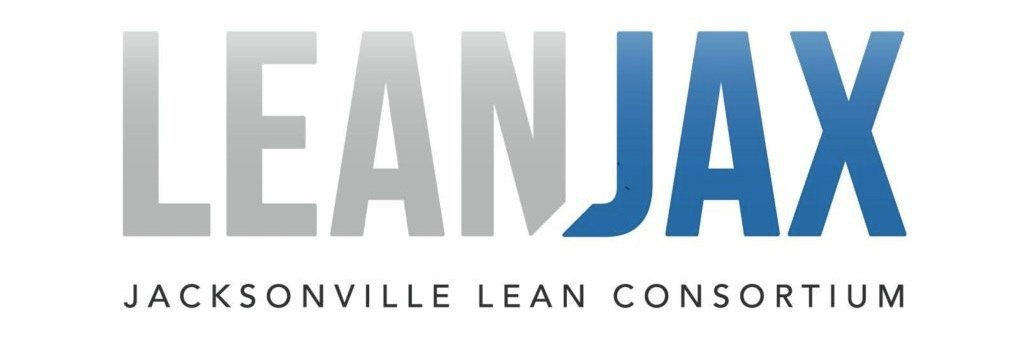Using The Red Card/Green Card Method to Develop Lean Leaders
On our Lean Journey at Medtronic Surgical Products in Jacksonville, we developed a robust process to assist in modifying and improving the behaviors of individuals on a continuous basis. We called this method Red Card / Green Card and found it be highly effective. I previously shared the Red Card / Green Card method in my book, Anatomy of a Lean Leader, and will provide a summary in the paragraphs below. I feel strongly that integrating this method into your Lean operating system will prove to be a valuable, game-changer throughout your Lean journey.


